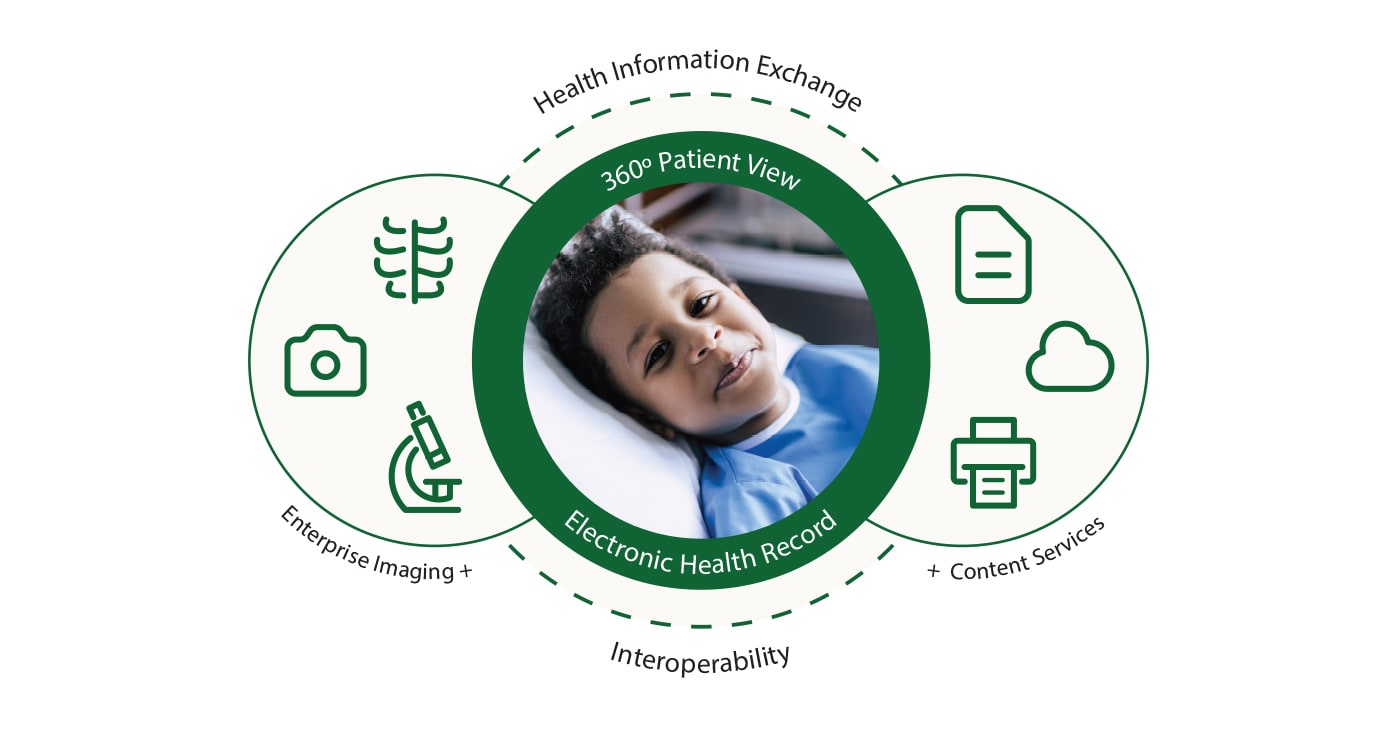Why Healthcare RCM is Necessary for Financial Wellness in Medical Practices
Why Healthcare RCM is Necessary for Financial Wellness in Medical Practices
Blog Article
A Comprehensive Guide on How Health Care RCM Functions to Streamline Invoicing and Collections
Browsing the intricacies of healthcare profits cycle monitoring (RCM) is important for service providers aiming to boost their billing and collections processes. The overview unloads the details of RCM, from individual enrollment to receivables monitoring, using insights into maximizing each action. Incorporating innovative innovation and standardized procedures can substantially decrease insurance claim denials and speed up settlement cycles. Yet, real obstacle hinges on seamlessly combining these aspects to increase capital. As we explore the core components and methods that drive effectiveness, one inquiry continues to be: how can medical care entities finest placement themselves to thrive economically in an ever-evolving industry?
Understanding Revenue Cycle Monitoring
Realizing the complexities of Earnings Cycle Monitoring (RCM) is crucial for health care companies aiming to optimize their financial performance. RCM is a critical management feature that encompasses the entire monetary procedure of client treatment, from the preliminary visit setting to the final payment of the equilibrium. It is a complicated treatment made to determine, gather, and take care of the profits from the solutions given to individuals. Effective RCM ensures that medical care suppliers get timely and precise settlements, minimizing the threat of revenue loss and enhancing capital.
The RCM process begins when a client schedules a consultation and prolongs via the patient's treatment trip, including invoicing and collections. A vital goal is to decrease the time in between obtaining and supplying a solution payment, hence boosting the organization's financial health and wellness. RCM includes different functions such as person registration, insurance verification, cost capture, coding, declares submission, repayment posting, and taking care of charms and rejections.
Key Parts of RCM
In the world of Earnings Cycle Management (RCM), recognizing its essential elements is basic to accomplishing economic effectiveness within healthcare organizations. RCM is a comprehensive procedure that includes numerous phases, each essential to guaranteeing reliable invoicing and collections. The primary elements include client enrollment, insurance verification, fee capture, coding, insurance claim submission, repayment publishing, and balance due administration.


Once coded, insurance claims are submitted to payers, where precision is extremely important to avoid beings rejected or delays - Healthcare RCM. Repayment uploading entails videotaping the gotten payments, which permits the settlement of accounts. Finally, accounts receivable administration concentrates on monitoring and resolving unsettled claims, guaranteeing prompt follow-up and resolution
Each part of RCM is interconnected, and inefficiencies in any kind of part can disrupt the whole cycle. Consequently, understanding these components is important for healthcare carriers to enhance income and improve their financial health.
Methods for Efficient Invoicing

Systematizing billing treatments throughout the organization is another crucial method. Developing clear standards for documentation, coding, and submission assists preserve uniformity and conformity with governing demands. Educating staff consistently on these procedures guarantees everyone is updated with the current adjustments in payment codes and payer policies.
Exact charge capture is crucial in preventing income leak. Executing normal audits and tracking systems allows for the identification and modification of disparities before they impact revenue. Furthermore, maintaining open lines of communication with payers helps to promptly fix any kind of conflicts or misconceptions that may develop.

Lastly, appealing individuals early in the invoicing procedure by providing clear estimates and educational materials concerning their financial obligations can dramatically lower confusion and enhance settlement timeliness. These strategies collectively add to a other more effective and monetarily healthy and balanced invoicing system.
Enhancing Collections Procedures
A durable collections process is vital for preserving monetary stability within healthcare companies. Offered the intricacies of clinical why not find out more billing and the variety of payer demands, enhancing the collections process includes applying critical procedures that guarantee timely and exact payment of services provided. Central to this is using innovation to automate and simplify procedures, boosting and reducing hands-on errors effectiveness. Automation devices can assist in tracking insurance claim standings, sending out prompt tips to clients, and managing rejections better.
Training personnel to understand the nuances of insurance coverage and invoicing codes is equally necessary. This expertise empowers them to deal with billing disparities quickly and interact effectively with people concerning their monetary responsibilities. Additionally, transparent and clear person interactions are critical. Giving thorough explanations of costs and providing versatile layaway plan can enhance individual contentment and timely repayments.
Regular audits of the collections procedure should be conducted to identify locations for enhancement and make sure compliance with regulations. By evaluating data, healthcare companies can recognize trends, prepare for prospective issues, and adapt methods as necessary (Healthcare RCM). Eventually, a well-enhanced collections process not just sustains monetary health but also adds to a more seamless experience for patients and team alike
Optimizing Profits Streams
Building upon the foundation of a solid collections procedure, healthcare companies can additionally strengthen their economic security by tactically optimizing revenue streams. This includes a multi-faceted method, starting with an extensive analysis of existing profits resources to recognize inadequacies and locations for growth. Employing advanced information analytics devices allows organizations More Info to obtain insights into payer mix, patient demographics, and solution utilization patterns, enabling data-driven decisions that boost profits capture.
Applying automated invoicing systems can substantially reduce mistakes and quicken insurance claims refining, guaranteeing that earnings is collected much more successfully. Additionally, maximizing payer agreements via routine negotiations can improve compensation rates and terms, straight impacting the bottom line. Branching out solution offerings, such as integrating telehealth or health care, can likewise bring in a wider person base, therefore raising revenue possibility.
An additional essential component is boosting individual engagement and complete satisfaction, as pleased patients are most likely to adhere to treatment plans and make timely payments. Using adaptable payment alternatives and clear payment methods can improve collections and foster client loyalty. Healthcare RCM. By embracing these techniques, healthcare companies can develop a more durable monetary structure, making certain sustained growth and security in an ever-changing sector landscape
Verdict
Finally, health care Revenue Cycle Monitoring (RCM) plays a crucial duty in maximizing invoicing and collections processes by integrating vital parts such as person enrollment, insurance coverage verification, charge capture, coding, asserts submission, and balance due administration. By utilizing innovative modern technology, standardizing procedures, and cultivating person interaction, healthcare service providers can dramatically lower insurance claim rejections, speed up payment cycles, and boost capital. This extensive method to RCM eventually causes boosted financial effectiveness and sustainability for healthcare companies.
The RCM process starts when an individual routines a consultation and prolongs via the person's treatment trip, consisting of invoicing and collections.Another crucial element is enhancing client involvement and satisfaction, as satisfied people are more likely to stick to treatment plans and make prompt payments. Providing versatile payment choices and transparent payment practices can boost collections and foster person commitment.In conclusion, medical care Profits Cycle Management (RCM) plays an important role in optimizing payment and collections procedures by integrating essential components such as individual registration, insurance policy confirmation, cost capture, coding, claims entry, and accounts receivable management. By employing advanced innovation, systematizing treatments, and fostering individual involvement, medical care service providers can substantially decrease case rejections, accelerate repayment cycles, and enhance money circulation.
Report this page